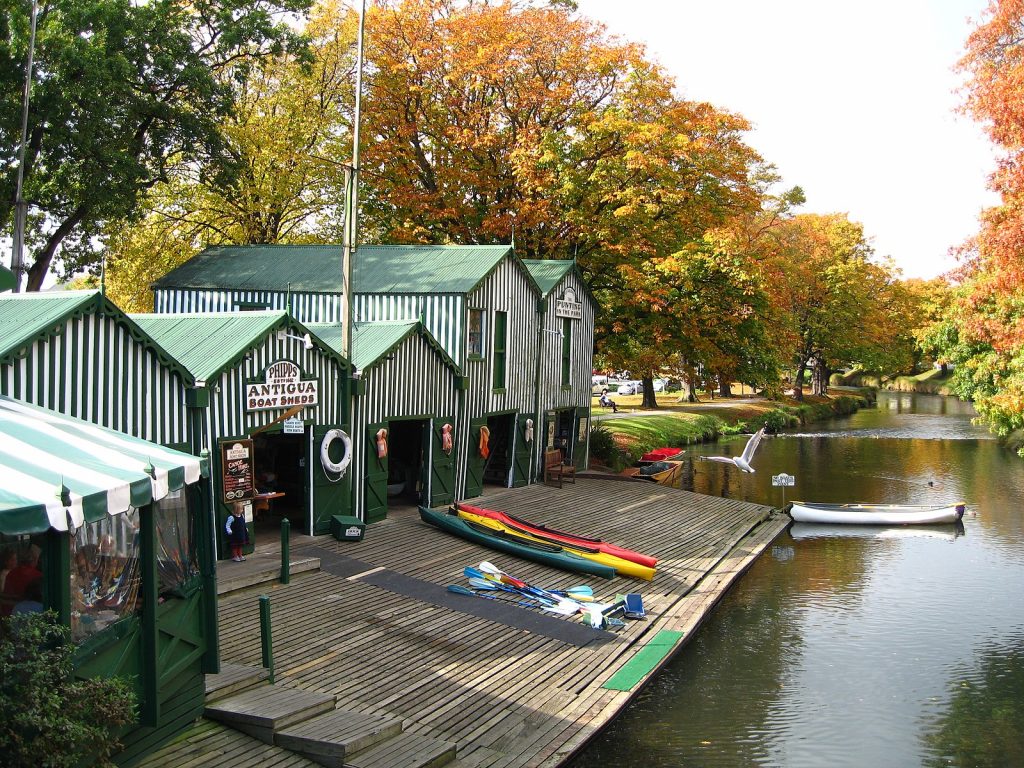
Image source: Wikimedia
As a child growing up in New Zealand, we were never very far from a body of water, whether it be a river, a pond, or the ocean. Even the little town that we lived in had a small beach. The old saying goes that there’s one thing that better than owning a boat and that of course is having friends that own a boat, and my family was had several such friends. It sounds great, but as a young kid, I did not like being in a boat, especially small ones that would rock and roll over the waves, and I was worried about falling overboard into the water. I did not know how to swim, and was also too young to understand that the purpose of that bulky and uncomfortable life jacket was so that I had no need to do so.
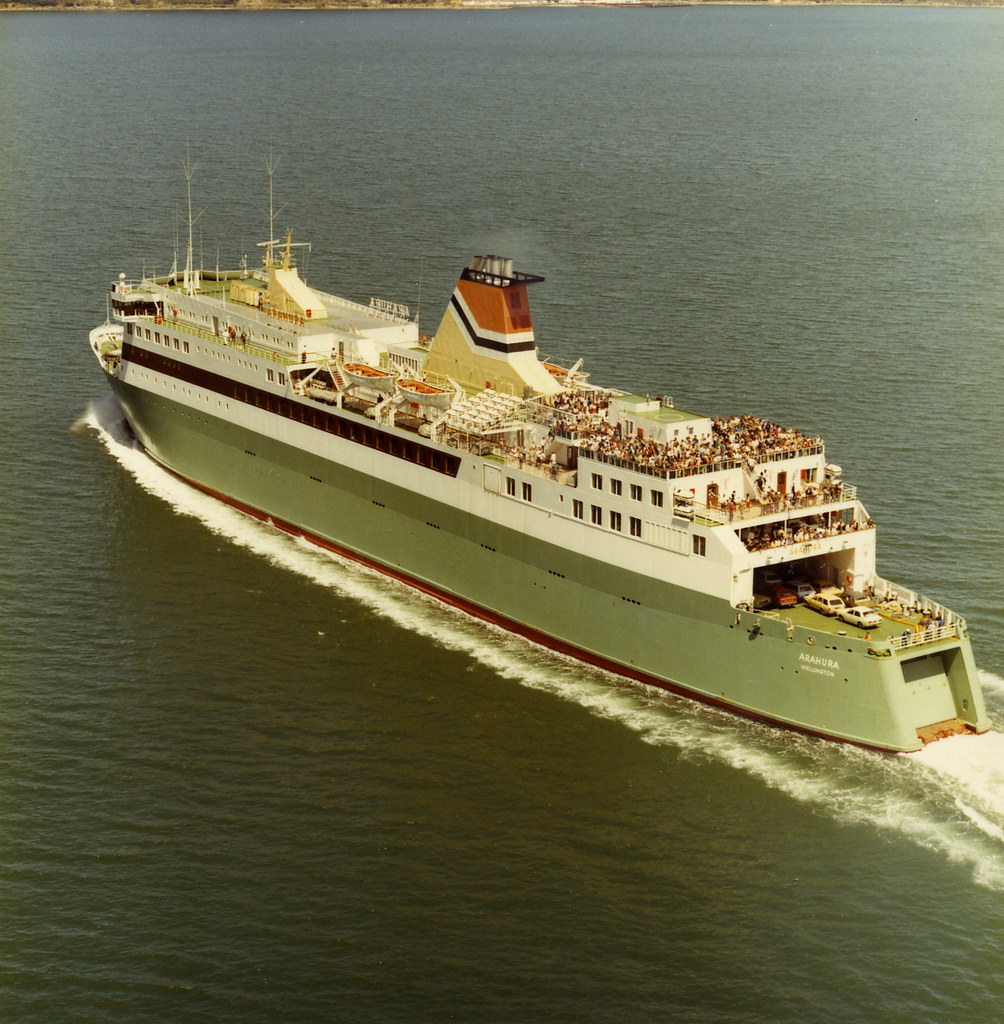
One might think that I would be traumatized when one day, after spending a day in the city with the red Honda Accord, instead of getting on the motorway and heading back home, my dad drove us to the Wellington ferry terminal, and drove the car aboard the Arahura for the afternoon sailing to Picton on the South Island. At 13,621 GT and 148.3 metres long, she was by no means the largest ship in the world (by comparison, Titanic was three times her size), but she was the newest, biggest, and fastest ship in the New Zealand Railways inter-island ferry fleet, connecting the North and South islands of our little country.I was immediately fascinated with this ship. Sure, she would rock and roll a little bit just like the little boats, but for a four year old, this ship was massive, with shops, restaurants, an arcade, slot machines, and even a playground. Plus, as New Zealand Rail’s flagship, she carried trains on the lower deck and had played a major role in rescuing passengers from a sinking Soviet cruise ship a few years prior. We spent much of the trip up the front of the ship in the seating area, overlooking the bow, and I recall being fascinated by being able to to turn the overhead reading light on and off, and then Dad pointing out the town of Picton as it came into view. Once docked at Picton, we returned to our car on the lower desk and drove ashore, eventually arriving at Grandma’s house in Christchurch, a place that I thought was so far away, the only way to get there was by flying in a plane, yet here we were and we even had the car too.
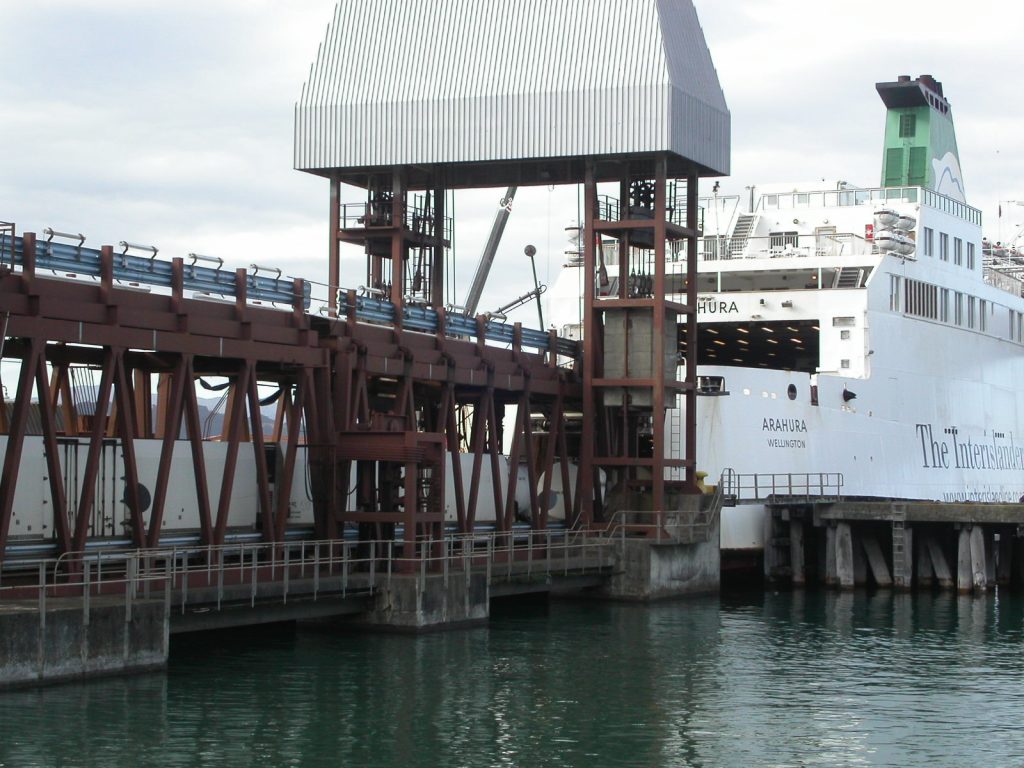
For the return trip, we also took the ferry, and taking the ferry to the South Island was something my family did many times. Usually it was on the Arahura, but sometimes it was also on the smaller Aratika, a former freighter-turned-passenger ship. The Picton ferry, as it was commonly called by Kiwis (likely to distinguish it from the Lyttelton ferry that was discontinued in the 1970s), was a large part of my childhood – my brothers and I built ferries using our Duplo bricks and they carried our cars and trains to exotic destinations…like the spare room or the laundry. I once recall seeing a postcard of the Arahura in a store and got my mother to buy it for me and even had dreams at night about going on the ferries. One very special treat was going to visit my cousin and stay overnight. Not only did he have a Lego train set and the Sea Explorer (2649) Duplo set, but his house was on the side of a hill that overlooked the Wellington ferry terminal. I had a bed in the front bedroom, and would spend many hours at that front window overlooking the terminal and getting excited when one of the ferries with its iconic striped funnel and green hull came in to dock.
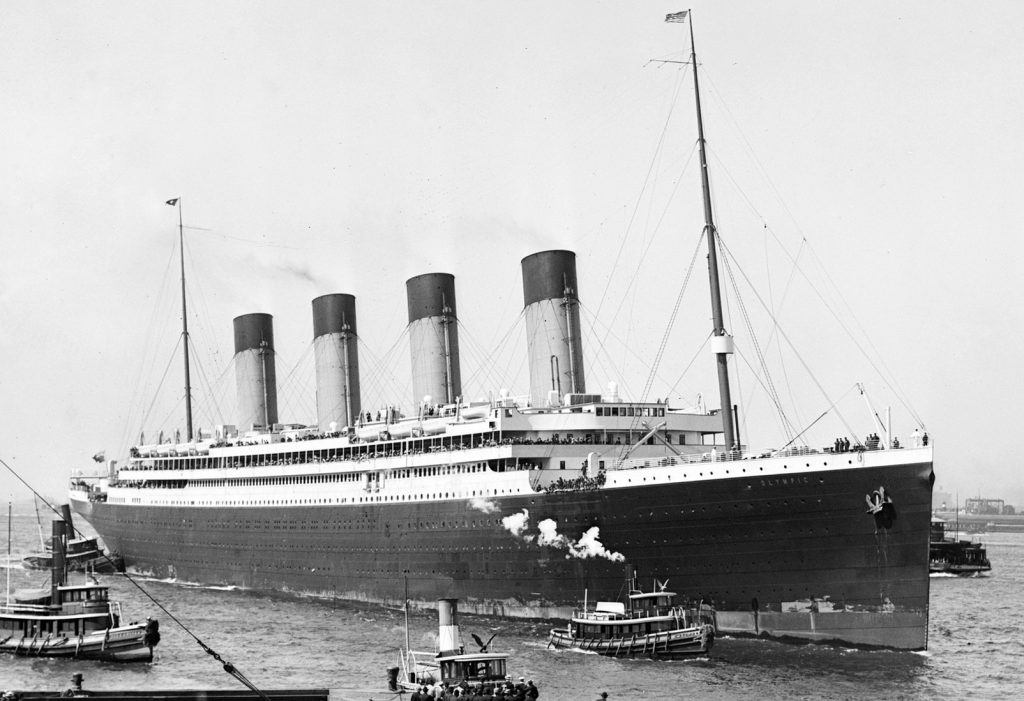
In later years, I read in books about the grand ocean liners that once carried generations of people across the Atlantic and around the world, including the Queen Mary, which was featured along with the Flying Scotsman as a four page fold-out in Steven Biesty’s Incredible Cross Sections. When it comes to ocean liners, however, the Queen Mary is only the tip of the iceberg…and you can’t talk about icebergs without mentioning the Titanic.
We all know the story about how the supposedly “unsinkable” ship struck an iceberg and sunk on her maiden voyage with great loss of life. Titanic inspired movies, songs, video games, tourist attractions, and urban legends. Several companies have even attempted to build replicas, including a full scale, but half-built, example in China. In 1997, James Cameron’s movie shattered box office records and sparked an interest in the ship that had not been seen since the wreck’s discovery in 1985. Aside from the love story, the movie was also relatively accurate, with a large mock-up of ship constructed for filming. While the world was obsessing with Jack and Rose and whether there was room for both of them on that floating piece of debris, my neurodivergent and knowledge-hungry mind was more interested in the more historic aspects of the Titanic, watching documentaries about it on the Discovery Channel (this was when the Discovery Channel was still all about educational content instead of reality shows) about the ship and expeditions to the wreck. To this day, people are still fascinated with the Titanic, with continuing expeditions to the wreck (including the infamous Oceangate Titan submersible, which was designed and built with unproven methods and insufficient safety procedures, resulting in its implosion)
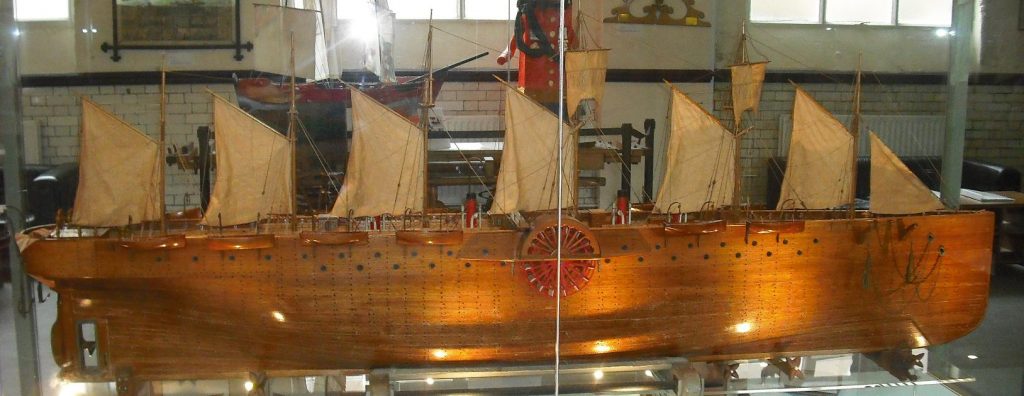
Image source: Wikimedia
While the Titanic lies in pieces at the bottom of the Atlantic (as do several other great liners, such as the Lusitania), most of the other great liners have been lost to history, Queen Mary, however, still exists today, having been permanently docked at Long Beach as a hotel and tourist attraction once the QE2 (also now a floating hotel and museum) replaced both her and her sister ship – all while the 747 was starting to enter service. With the rise of affordable air travel, ocean liners gave way to the massive modern cruise ships we see today with a focus of the voyage and not the destination being the primary reason for travel. Today, the only modern “ocean liner” is the Cunard ship Queen Mary 2, which while also suited for cruising, regularly sails transatlantic and intercontinental voyages. She even visits Wellington from time to time, and made the seemingly big Arahura look quite small.
While the Queen Mary 2 allows people today to catch a glimpse of what transatlantic travel might have been like in the old days, unfortunately the same can’t be said for my childhood experience of sailing on the Arahura. In 2015, after more than 52,000 crossings of the Cook Strait, she was sold and later scrapped, but as alluded to on the Interislander website, still remains the favourite Cook Strait ferry for many Kiwis, myself included.
